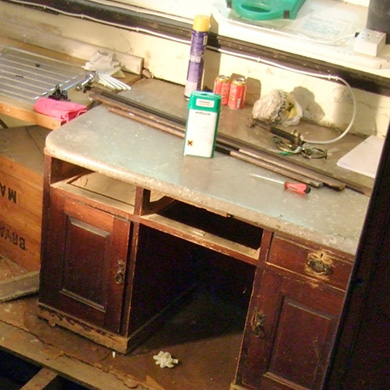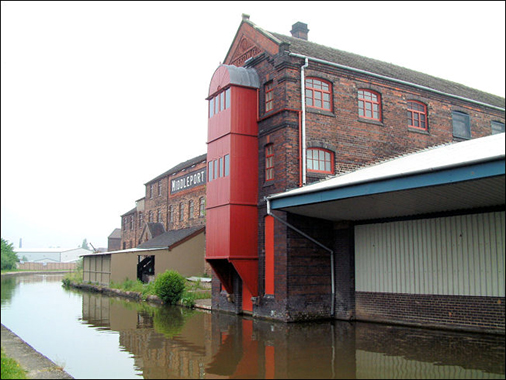Edward Pamphilon
Edward Pamphilon was a Londoner who moved to Congleton from Fenton in the 1870s. He made his home at Parnellscroft, off Park Lane, now remembered in the name Parnells Square. He quickly became an active member of St Peter`s, as the “Chronicle” reported he gave impressive weekly readings from the Bible. For twenty years from 1884 he was superintendent of the Sunday Schools which met in the National School on the other side of Chapel Street. During his 14 year service as Church Warden he oversaw a number of internal changes, including replacing the original 18th century communion table with a wooden one as he understood that the marble topped table on its iron frame violated church furnishing regulations. (The marble top became a desk in the vestry and later a draining board next to the kitchen sink. It has been rescued and is stored in the side chapel!)
Before moving to Congleton he worked for the Trent and Mersey Canal Company and the North Staffordshire Railway as a manager for thirty years. He also had his own business as a wharfinger, later running a distribution centre from the Anderton Co warehouse on the bank of the canal next to Middleport pottery. But aged 65 he also joined his son Henry in a flint crushing business in Congleton. When the Anderton company went bankrupt in 1892 the family fortune was restored by Henry`s patent of a new efficient flint grinder to provide slip for the potteries. While living in Congleton he also found time to be one of the managing committee of the Cottage Hospital in Park Street.
He died in 1916 aged 92 and is buried with his wife Fanny in St Peter`s churchyard. Their grave inscriptions include the words: “Given to good works” on Fanny`s tomb and “With Christ which is far better” on Edward`s tomb. His memorial in the church is in the main aisle where he had two pews.




